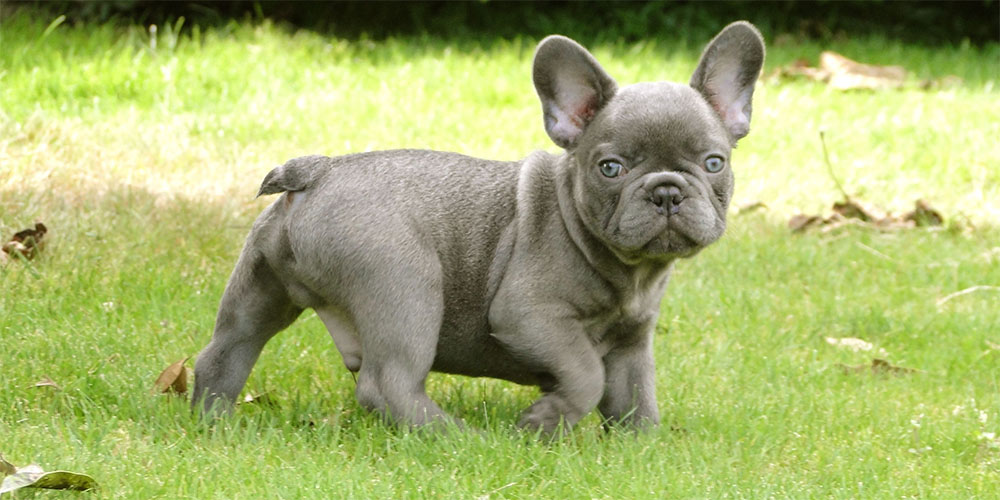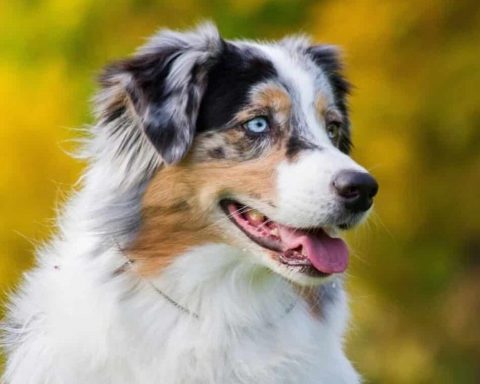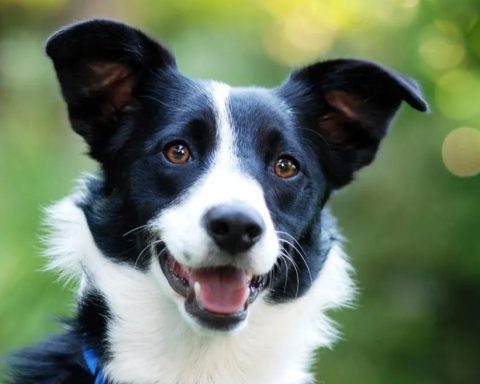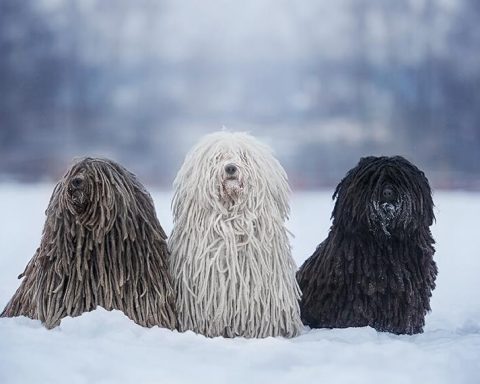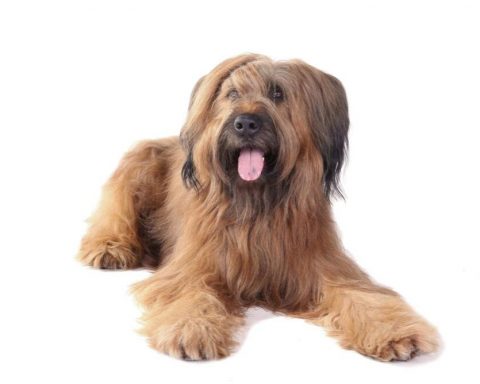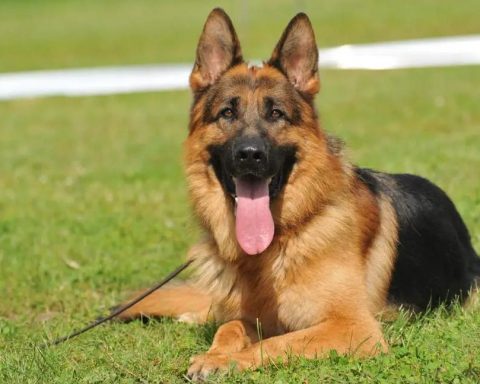The French Bulldog is a lively, intelligent and muscular dog with a heavy bone structure and smooth, compact fur. Their expression is alert, curious and interested. Any alteration to their appearance, other than the removal of dewclaws, is considered a fault and a disqualification. Proportion and symmetry are key, with all body parts evenly distributed and in good relation to one another. No part should stand out or appear lacking, creating an overall lack of symmetry.
Gender differences: Requirements for females are relatively more lenient in terms of features compared to males.
Weight: Cannot exceed 28 pounds. Anything over 28 pounds is a disqualification. Proportion: The distance from the withers to the ground is appropriate to the length from the withers to the tail root, creating a compact, stable and symmetrical appearance.
Physique: Muscular and heavy-boned.
Head
The head is large and square-shaped.
Eyes: Dark in color and wide-set, positioned low on the head and as far from the ears as possible. They are round and of moderate size, neither sunken nor protruding. Light-colored eyes are acceptable. When looking forward, the third eyelid and white of the eye should not be visible.
Ears: Bat ears, wide at the base, long and rounded at the top, high on the head but not too close, standing erect with the ear canal facing forward. The texture of the ear is fine and soft. Any ear other than bat ears is a disqualification.
Skull: Flat between the ears with a slightly rounded forehead.
Muzzle: Wide, deep and set back, with well-developed cheek muscles. The stop is well-defined due to the indentation between the eyes, and there are heavy wrinkles above the short nose, forming a soft roll. Nostrils are wide, and there is a clear line between them.
Nose: Black. Any color other than black is a disqualification (except for light-colored dogs, where a slightly lighter nose color is acceptable but not ideal). The upper lip is black, thick and wide, hanging down on either side of the jaw, meeting the lower lip in front, covering the teeth. The teeth should not be visible when the lips are closed. The lower jaw is deep, square and wide, protruding and turning upward.
Neck, Backline, Body
Neck: Thick and arched, with loose skin at the throat.
Back: Arched, just behind the shoulder blades, slightly sunken. It is sturdy, short, wide at the shoulders and narrow at the waist.
Body: Short and round. Chest: Wide, deep and full, with well-supported ribs and a tucked-up abdomen. Tail: Straight or twisted (but not curled), short, drooping, with a thick base and a thin tip. It hangs down when at rest.
Forequarters
Forelegs: Short and stout with well-developed muscles and wide-set.
Dewclaws: May be removed.
Feet: Medium-sized, compact and firm. Toes close together, with space between the pads, high knuckles, and short, thick nails.
Hindquarters
Hind legs: Strong and well-muscled, longer than forelegs, giving the croup a slightly higher set than the withers. Hocks set low.
Feet: Medium-sized, compact and firm. Toes close together, with space between the pads, high knuckles, and short, thick nails. Hind feet slightly longer than front feet.
Coat
Coat of moderate fineness, smooth and short. Skin soft and pliable, particularly at head and shoulders, forming wrinkles.
Color
Acceptable colors: brindle, fawn, white, brindle with white, and any other color (except for disqualifying colors).
Disqualifying colors include pure black, mouse, liver, black with tan, black with white, or white with black. Black refers to solid black without brindle.
Gait
Proper gait is a double track, including extension and drive; action free and easy, with good reach and drive.
Temperament
Proper temperament is that of a companion and house dog; dignified, yet friendly; self-possessed, calm, and confident. Known for their alertness, activity, and affectionate nature, but without being boisterous.
Disqualifications
Any alteration other than removal of dewclaws. Weight over 28 pounds. Not bat ears. Nose any color except black, except light-colored dogs may have slightly lighter-colored noses, but it is not desirable. Disqualifying colors include pure black, mouse, liver, black with tan, black with white, or white with black. Black refers to solid black without brindle.
Standard approved on June 10, 1991
Standard effective on July 31, 1991
